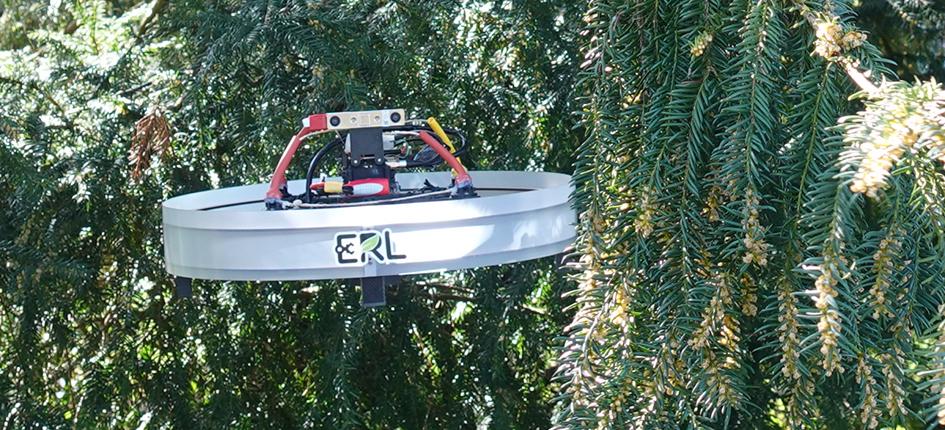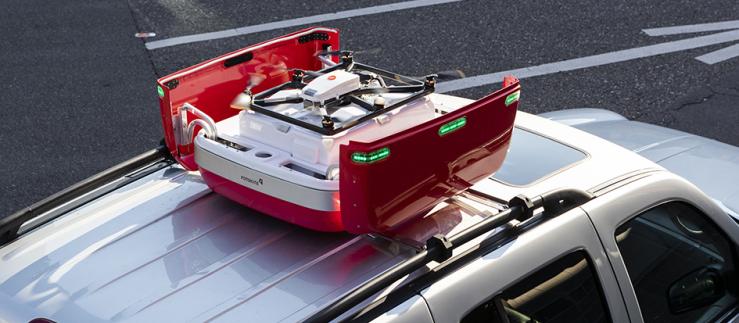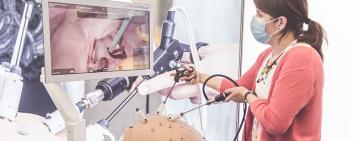A team of researchers from the Swiss Federal Institute for Forest, Snow and Landscape Research (WSL) in Birmensdorf in the canton of Zurich, the Swiss Federal Institute of Technology Zurich (ETH), and the University of Pisa have developed a drone that can navigate its way through the branches of trees. The way that animals move was used as the model for this. According to a press release from the WSL, this is a vital step in recording the biodiversity of remote areas.
Drones usually perceive bushes and branches as an obstacle that must be avoided. However, it is precisely amongst the dense vegetation where valuable biodiversity monitoring data can be found. The WSL states that the researchers were inspired by animals, which can sense and react to anything coming into contact with the body when they move through vegetation. This meant that the researchers equipped the drone with the ability to recognize contact with the environment across its entire body. The drone is streamlined and built from low-friction material. Emanuele Aucone is the lead author of the study published on the project in Nature Communications. He states: “Our work makes an initial contribution towards monitoring currently unreachable areas.”
The team at the Environmental Robotics Lab run by the ETH and the WSL had already collected environmental DNA from individual branches using drones in previous studies, but they were unable to penetrate further into the treetops. Aucone adds: “Flexible obstacles like branches are especially challenging because they put oscillations on the drone when it tries to cross them. So we had to design the drone more specifically.”
The researcher believes that there are other possible applications for this drone besides biodiversity monitoring, such as precision agriculture or search and rescue.







